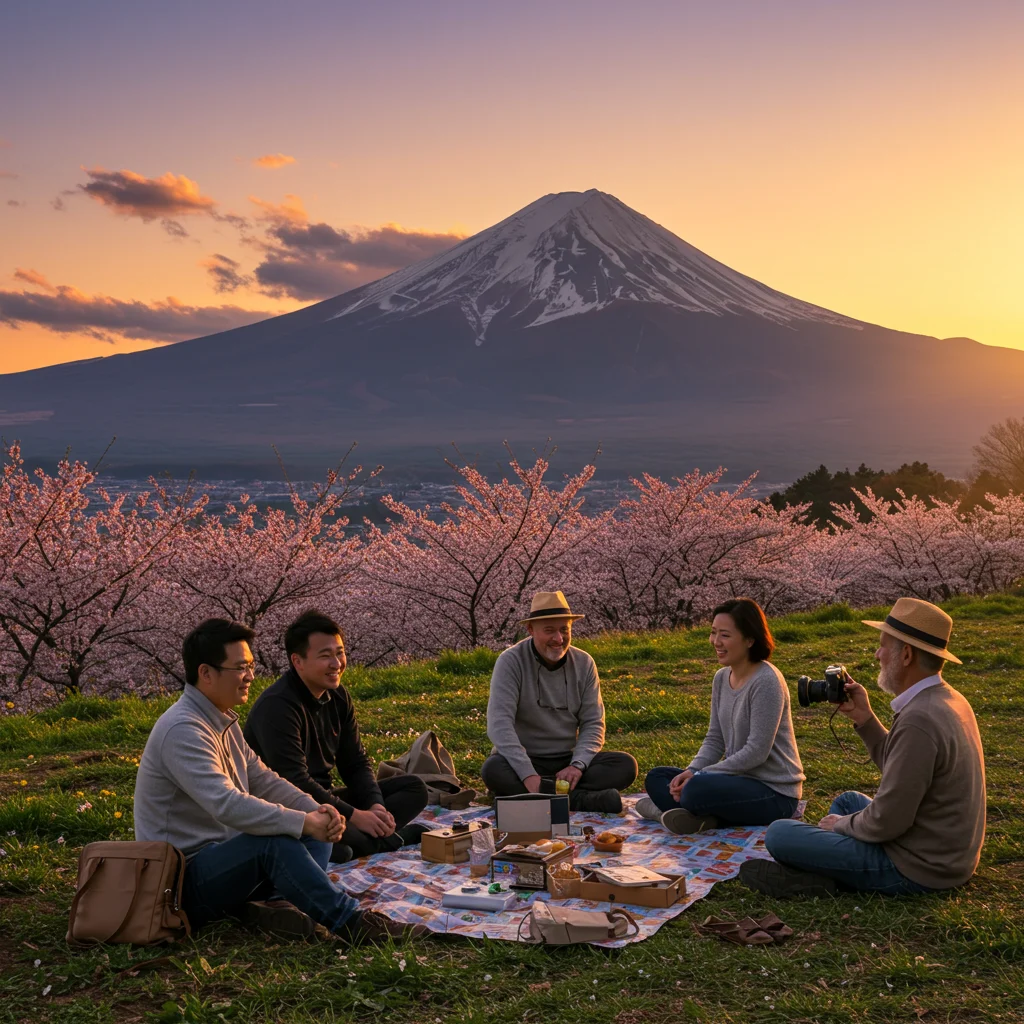Introduction: Why Visit Mount Fuji from Tokyo?
Mount Fuji stands as Japan’s most iconic peak, drawing travelers from across the globe. Its near-perfect conical silhouette and spiritual significance make it a must-visit, especially for those based in Tokyo. The journey from the bustling capital to the serene foothills of Fuji offers an accessible escape into nature, culture, and adventure, all within a day or overnight trip.
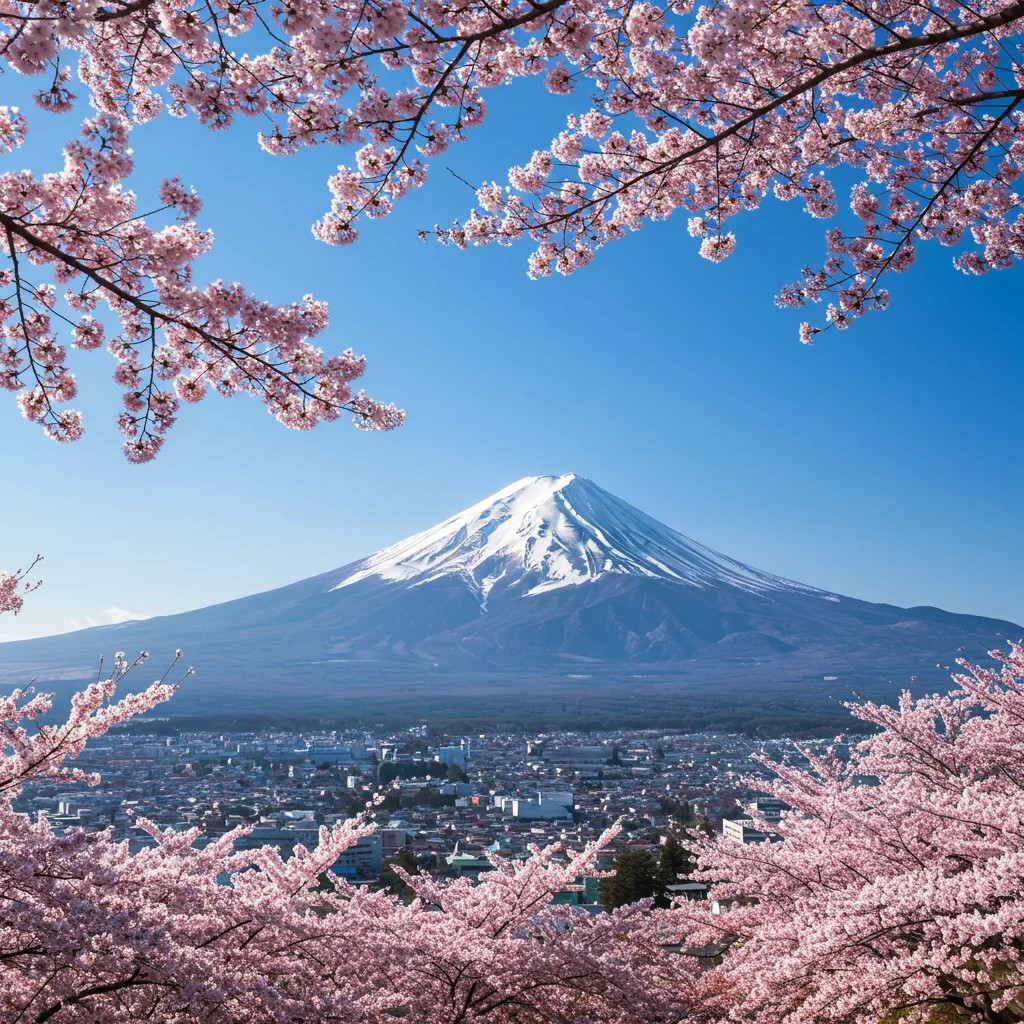
Whether you seek panoramic views, traditional villages, or a rewarding climb, the route from Tokyo to Mount Fuji provides a blend of modern convenience and timeless beauty. The anticipation of seeing Fuji’s snow-capped summit grow larger with every mile adds to the excitement, making the trip an unforgettable highlight of any Japan itinerary.
What to Expect on the Journey from Tokyo to Mount Fuji?
Traveling from Tokyo to Mount Fuji is more than just a transfer; it’s a transition from urban energy to natural tranquility. Expect a mix of rapid trains, comfortable buses, or scenic roads, depending on your chosen route.
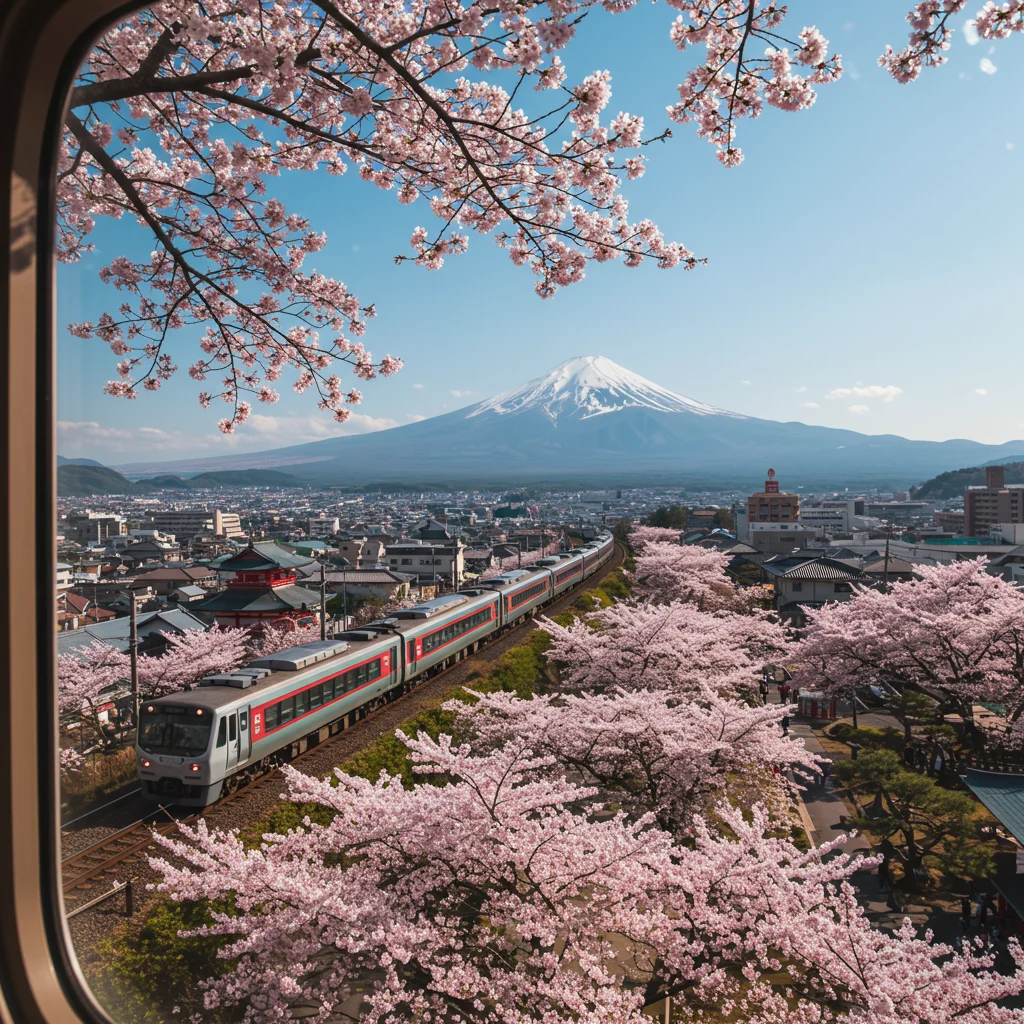
On clear days, the gradual reveal of Mount Fuji’s majestic form can be breathtaking. The journey often passes through suburban towns, lush countryside, and, in spring, vibrant cherry blossoms or autumnal foliage. Even in transit, the changing landscape provides a memorable prelude to your arrival.
How Far is Mount Fuji from Tokyo?
Mount Fuji lies approximately 100 kilometers (62 miles) southwest of central Tokyo. The exact distance depends on your starting point and chosen route, but most visitors reach Fuji’s northern foothills—such as the Lake Kawaguchi area—in under two hours by public transport or car.
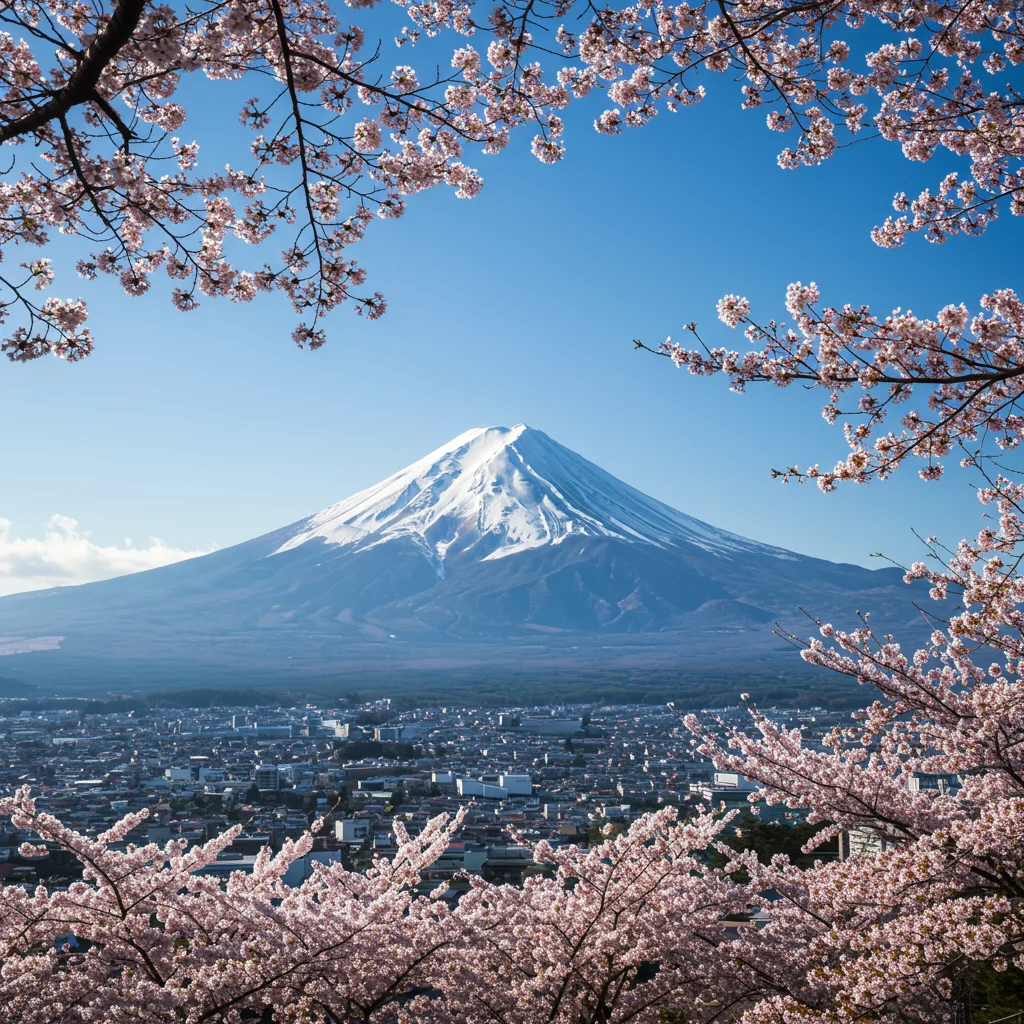
This proximity makes Mount Fuji an ideal destination for day trips or short getaways, offering a dramatic change in scenery without a lengthy journey.
Overview of All Routes from Tokyo to Mount Fuji
Several transportation options connect Tokyo and Mount Fuji, each catering to different preferences and budgets. The main routes include:
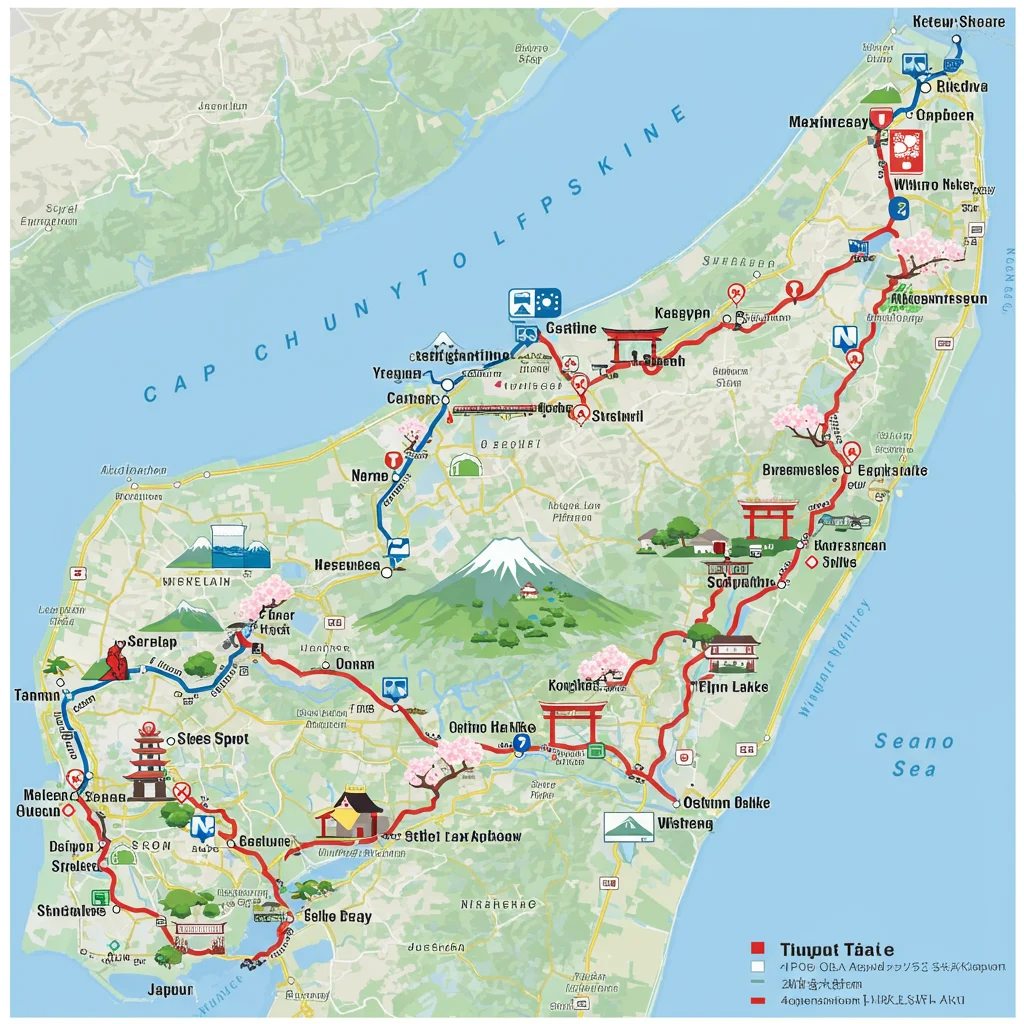
- Fast and frequent trains, with easy transfers
- Direct highway buses from major city terminals
- Self-drive routes for flexibility and scenic detours
- Guided tours for a hassle-free experience
- Long-distance cycling for the adventurous
Each method offers unique benefits, from speed and convenience to affordability and the chance to enjoy scenic views along the way.
Best Time to Visit Mount Fuji
The best time to visit Mount Fuji depends on your goals. For climbers, the official season runs from early July to early September, when trails are open and weather conditions are safest. For sightseeing, the months of October and November offer clear skies and vivid autumn colors, while late April to early May brings cherry blossoms.

Winter provides striking views of Fuji’s snow-capped summit, though mountain access is limited. Regardless of season, early mornings typically offer the clearest views, as afternoon clouds often obscure the peak.
How to Choose the Best Route for You?
Selecting the optimal route from Tokyo to Mount Fuji requires considering your budget, schedule, travel style, and desired activities. Some travelers prioritize speed, while others seek comfort, cost savings, or scenic experiences.
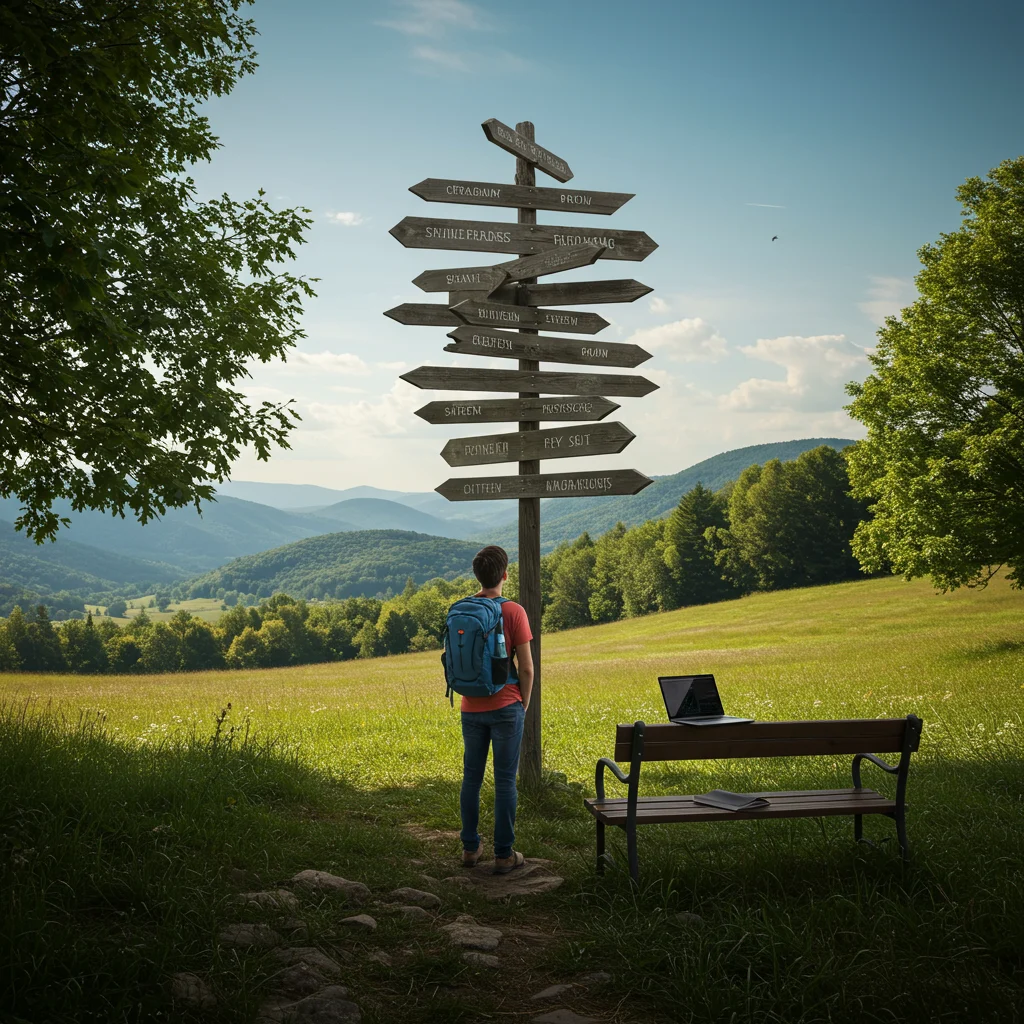
For example, if you enjoy guided sightseeing and want to maximize your experience with minimal planning, a tour might suit you best. On the other hand, independent travelers may prefer trains or buses for flexibility. Weighing these factors will help you decide the most suitable way to reach Fuji.
If you’re interested in how scenic journeys enhance a trip, you might appreciate our insights in the Florence to Cinque Terre scenic travel guide.
By Train: Fast and Convenient Options
Traveling by train from Tokyo to Mount Fuji is a popular choice for its speed and reliability. Japan’s rail system is known for punctuality, comfort, and frequent departures, making it ideal for both day-trippers and overnight visitors.
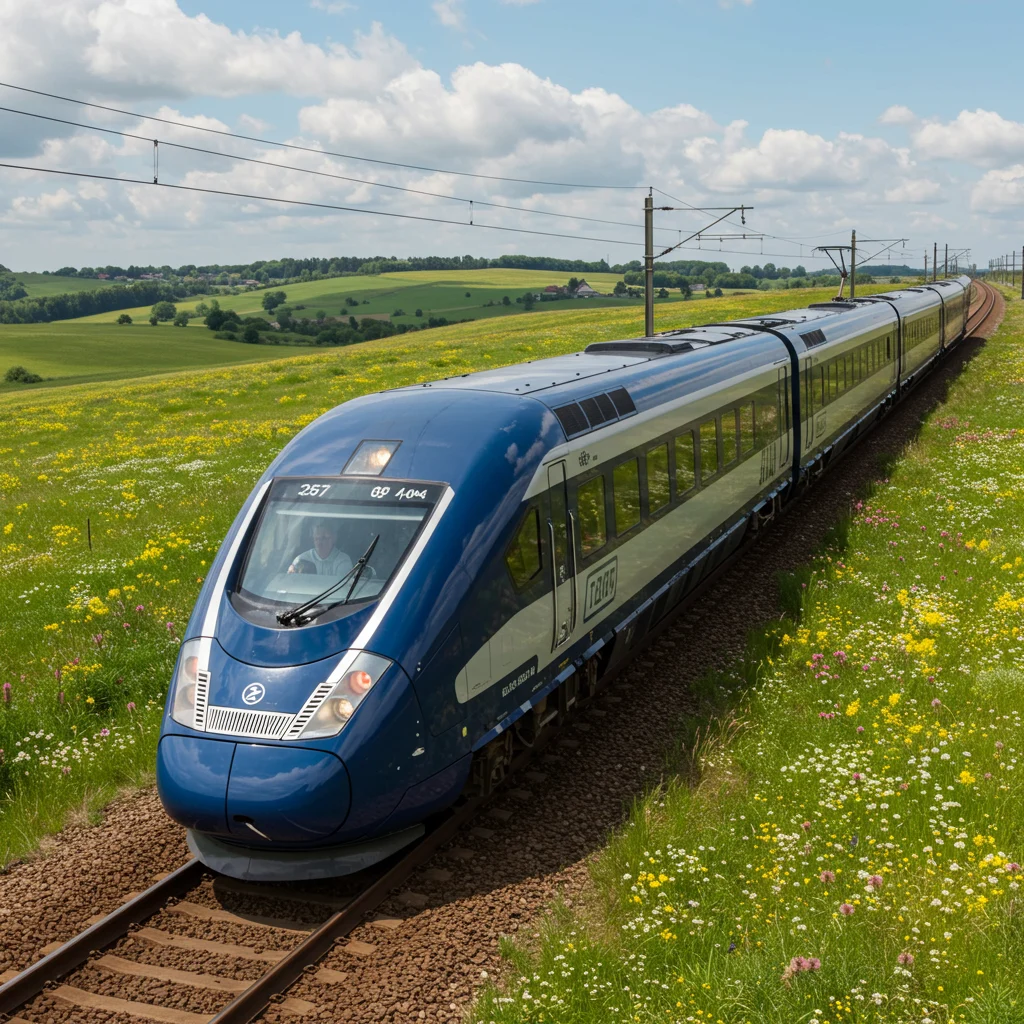
Which Trains Go from Tokyo to Mount Fuji?
The main train routes to Mount Fuji utilize the JR Chuo Line and the Fujikyu Railway. Travelers typically depart from Shinjuku Station in Tokyo, transferring at Otsuki Station for the final leg to Kawaguchiko or Fujisan Station.
Taking the JR Chuo Line
The JR Chuo Line offers a comfortable, rapid service from Shinjuku to Otsuki. The Limited Express Kaiji and Azusa trains provide reserved seating and large windows, allowing you to watch the cityscape give way to rolling hills and distant mountain peaks.
Using the Fujikyu Railway
From Otsuki Station, the Fujikyu Railway (Fujisan Limited Express and local trains) connects travelers to Fujisan and Kawaguchiko stations. These trains feature themed carriages and often offer glimpses of Mount Fuji as you approach.
How to Transfer at Otsuki Station?
Transferring at Otsuki Station is straightforward. Simply follow the signs for the Fujikyu Railway, purchase your ticket if you have not done so in advance, and board the next train bound for Kawaguchiko. The transfer is usually on the same platform or a short walk away.
Travel Duration and Costs by Train
The total journey from Shinjuku to Kawaguchiko by train takes approximately 2–2.5 hours. Expect to pay around 2,500–3,000 yen one-way, depending on train type and seat reservations.
Is the Japan Rail Pass Valid for This Route?
The Japan Rail Pass covers the JR Chuo Line from Shinjuku to Otsuki, but not the Fujikyu Railway portion. You will need to purchase a separate ticket for the final segment from Otsuki to Kawaguchiko or Fujisan stations.
Tips for Buying Train Tickets
We recommend purchasing train tickets in advance, especially during weekends or holidays. Tickets are available at JR ticket offices, ticket machines, or online through official railway websites. Reserved seats provide peace of mind and comfort, particularly on busy days.
By Highway Bus: Budget-Friendly and Direct
Highway buses offer a direct, cost-effective way to reach Mount Fuji from Tokyo. These buses depart from major city terminals and deliver passengers to key locations around the mountain, such as Kawaguchiko and the Mount Fuji 5th Station.
Buses are a great option for travelers seeking simplicity, comfort, and affordability, without the need for transfers.
Which Bus Companies Operate from Tokyo to Mount Fuji?
Major operators include Fujikyu Bus, Keio Bus, and JR Bus Kanto. Each company offers multiple departures daily, comfortable seating, and onboard luggage storage.
How to Book Bus Tickets Online?
Bus tickets can be purchased in advance via official company websites or third-party booking platforms. Online reservations are recommended, especially during peak travel periods, to guarantee your seat and preferred departure time.
Popular Bus Departure Points in Tokyo
The most popular departure points are Shinjuku Expressway Bus Terminal and Tokyo Station Yaesu South Exit. Both are conveniently located and well-connected by public transit.
Bus Timetable and Frequency
Buses to Mount Fuji run frequently throughout the day, with departures every 30–60 minutes during peak hours. Timetables may vary seasonally, so it is best to check schedules in advance.
Travel Time and Fares by Bus
The journey from Tokyo to Kawaguchiko by highway bus typically takes 1.5–2.5 hours, depending on traffic and destination. Fares range from 2,000 to 2,500 yen one-way, making buses a budget-friendly alternative to trains.
Are Reservations Required for the Bus?
While some seats may be available for walk-up passengers, we advise making advance reservations, especially on weekends, holidays, or during special events. Reserved tickets ensure you have a guaranteed seat and minimize wait times at the terminal.
By Car: Driving to Mount Fuji
Renting a car offers flexibility and the opportunity to experience scenic drives en route to Mount Fuji. This option is ideal for families, groups, or those wishing to visit multiple sites around the mountain at their own pace.

Should You Rent a Car in Tokyo?
Renting a car in Tokyo is straightforward, but we recommend it mainly for those comfortable with Japanese road rules and signage. Driving allows you to explore less-visited areas and travel on your own schedule, though it may not be the best option during peak traffic or for those unfamiliar with local driving customs.
Recommended Car Rental Companies
Reputable rental agencies such as Toyota Rent a Car, Nippon Rent-A-Car, and Times Car Rental offer a wide range of vehicles and English-language support. Booking in advance often secures better rates and more vehicle choices.
Driving Routes: Expressways and Scenic Roads
The most direct route from Tokyo to Mount Fuji uses the Chuo Expressway and Fujiyoshida Expressway. For a more scenic experience, consider the Fuji Subaru Line or Ashigara Road, which offer dramatic views of the mountain and surrounding lakes.
How Much Does It Cost to Drive to Mount Fuji?
Driving costs include tolls (around 2,500–3,500 yen one-way), fuel (about 1,500–2,000 yen), and parking fees at popular sites. Total expenses depend on your chosen route, car size, and number of passengers.
Parking Options at Mount Fuji
Ample parking is available at Kawaguchiko Station, Lake Kawaguchi, and the Mount Fuji 5th Station. During busy periods, lots may fill quickly, so arriving early is advisable.
By Guided Tour: Hassle-Free Day Trips
For travelers seeking convenience and expert guidance, guided tours offer curated itineraries and seamless logistics. Tours cater to a range of interests, from cultural excursions to outdoor adventures, and often include transportation, entry fees, and meals.
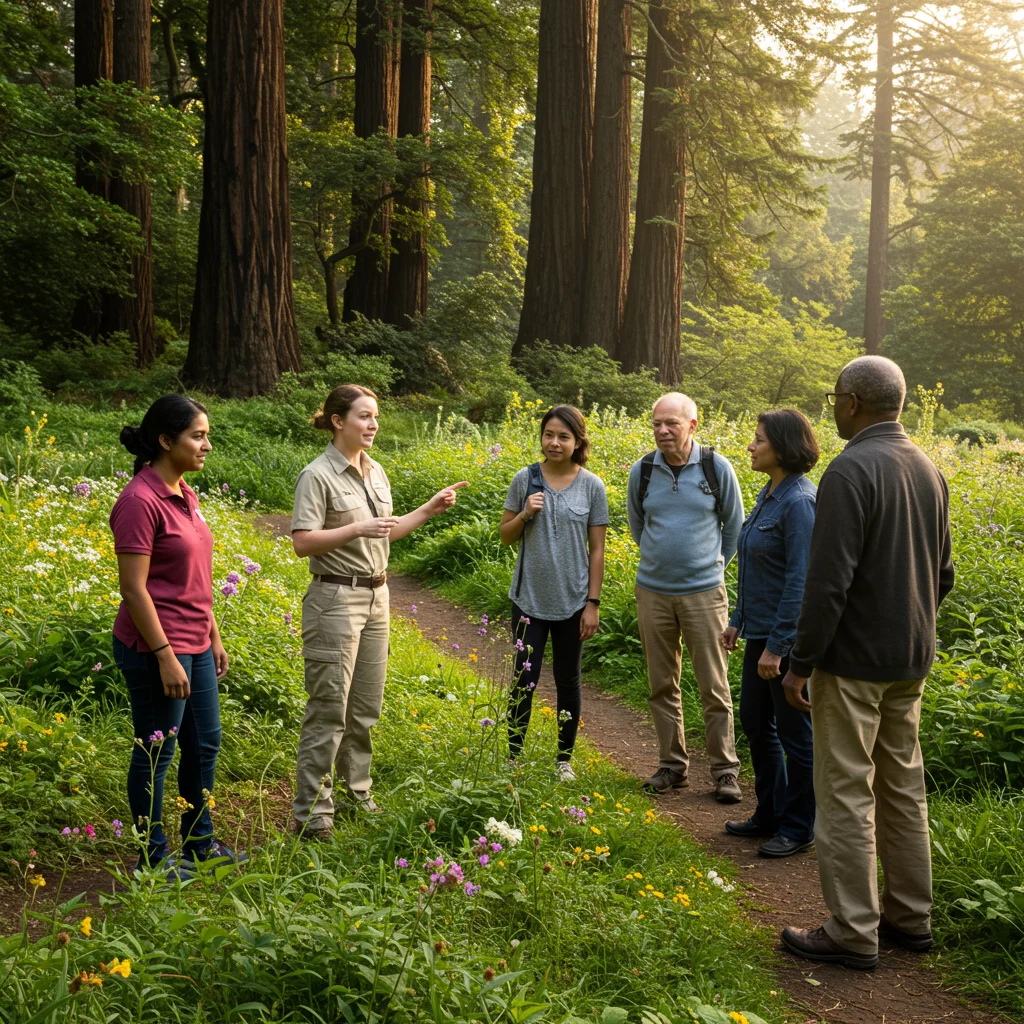
What Types of Tours Are Available?
Options range from day trips departing Tokyo to multi-day packages including overnight stays and seasonal activities. Some tours focus on sightseeing, while others offer hiking, local food experiences, or specialty themes such as cherry blossom viewing.
Pros and Cons of Joining a Tour
Tours provide peace of mind, especially for first-time visitors or those with limited Japanese language skills. Guides share insights into local history and culture, and group travel can foster new friendships.
However, tours may limit your flexibility and pace, and can be more expensive than independent travel. Weigh these factors carefully to determine if a guided trip matches your preferences.
Popular Tour Operators and Packages
Leading operators such as Hato Bus, JTB Sunrise Tours, and Viator offer a variety of Mount Fuji experiences. Packages commonly include transportation, attraction entry, and lunch, with English-speaking guides available.
If you enjoy the convenience of small-group excursions, you may find value in our review of the Iceland South Coast full day small-group tour from Reykjavik for inspiration.
By Bicycle: For the Adventurous Traveler
Cycling from Tokyo to Mount Fuji is a challenging yet rewarding adventure. Enthusiasts relish the sense of accomplishment, the changing scenery, and the fresh mountain air. This option is best suited for experienced cyclists with a high level of fitness.
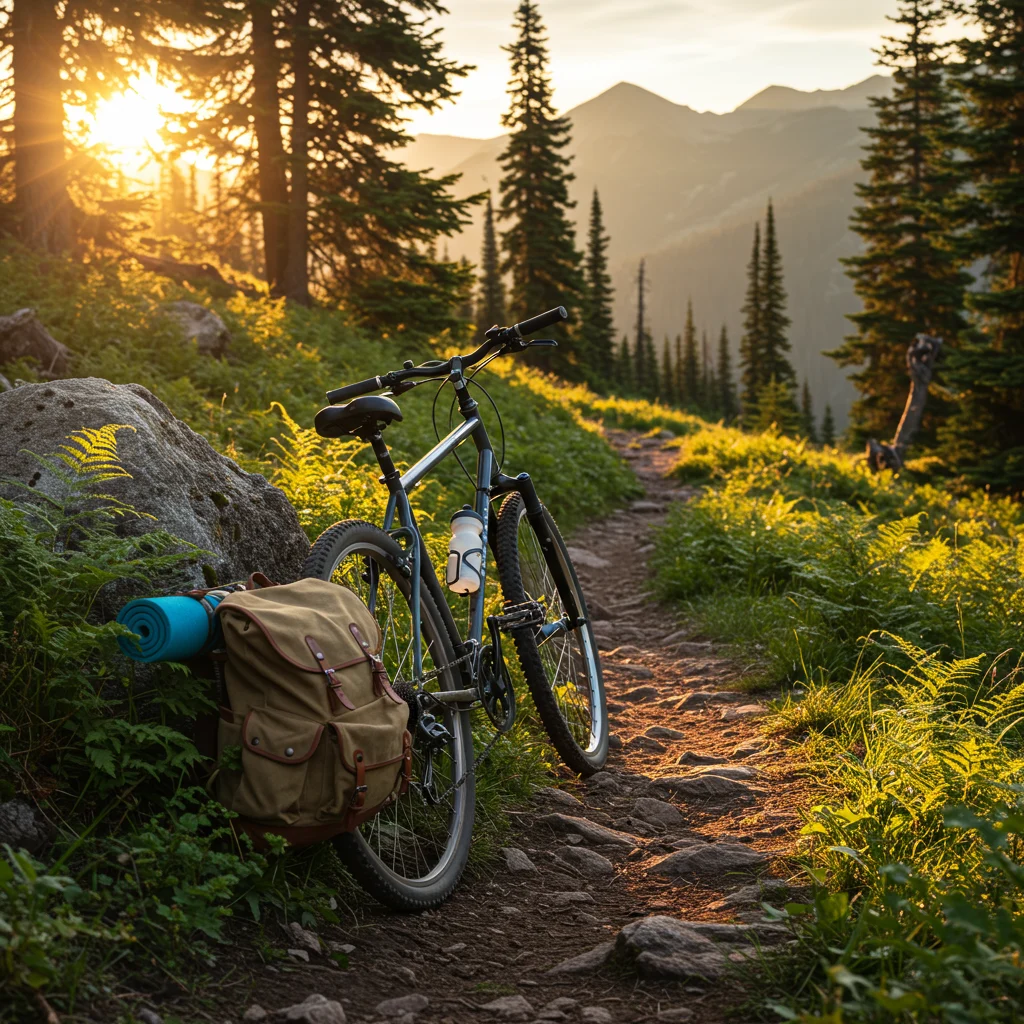
Is Cycling from Tokyo to Mount Fuji Feasible?
The ride covers 100–120 kilometers, depending on your route. Steep ascents and variable weather conditions can make the journey demanding, but well-maintained roads and cycling infrastructure support a safe and enjoyable trip for those prepared.
Recommended Cycling Routes
Popular routes include the Tamagawa Cycling Road out of Tokyo, connecting to Route 139 toward Fujiyoshida. Riders enjoy riverside paths, forested stretches, and panoramic views as they approach the mountain.
Tips for Long-Distance Cycling in Japan
Pack light but bring essentials—water, snacks, repair tools, and weather-appropriate clothing. Plan rest stops, and be aware of traffic regulations. Japan’s cycling culture is welcoming, but courteous riding and respect for local customs are expected.
Comparing All Transportation Options
With so many ways to reach Mount Fuji, comparing each method’s benefits can clarify your decision. Consider speed, cost, scenery, and accessibility when making your choice.
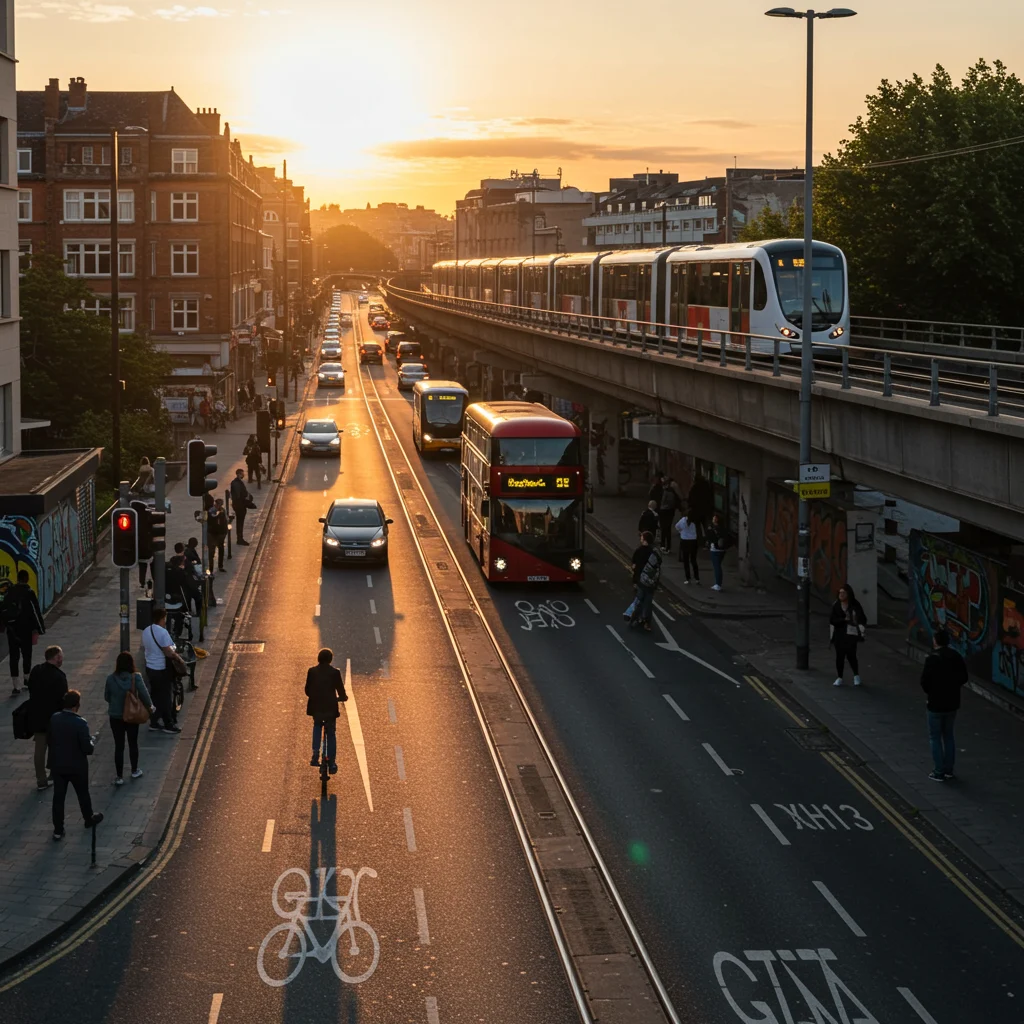
Which Route is Fastest?
Trains generally offer the quickest journey, especially the Limited Express options from Shinjuku. Direct buses can be nearly as fast, though traffic congestion may cause delays.
Which Route is Most Affordable?
Highway buses are typically the most budget-friendly, especially for solo travelers. Group discounts and advance bookings can further reduce costs.
Which Route Offers the Best Views?
Those seeking scenic beauty will appreciate the train’s picturesque windows, the car’s flexibility to stop at viewpoints, or the immersive experience of cycling. The approach to Mount Fuji is especially stunning during clear weather or seasonal flower blooms.
Accessibility: Which Routes Are Best for Families or Seniors?
We recommend trains or guided tours for families and seniors, as they offer comfort, accessibility, and minimal transfers. Buses are also suitable, provided that travelers book seats in advance and account for potential traffic.
As experts often say:
“The journey itself is as important as the destination, for it sets the mood, builds anticipation, and creates memories that last a lifetime.”
Where to Start Your Journey in Tokyo?
Choosing the right departure point in Tokyo can simplify your trip and save time. Major train stations and bus terminals offer frequent, direct services to Mount Fuji.
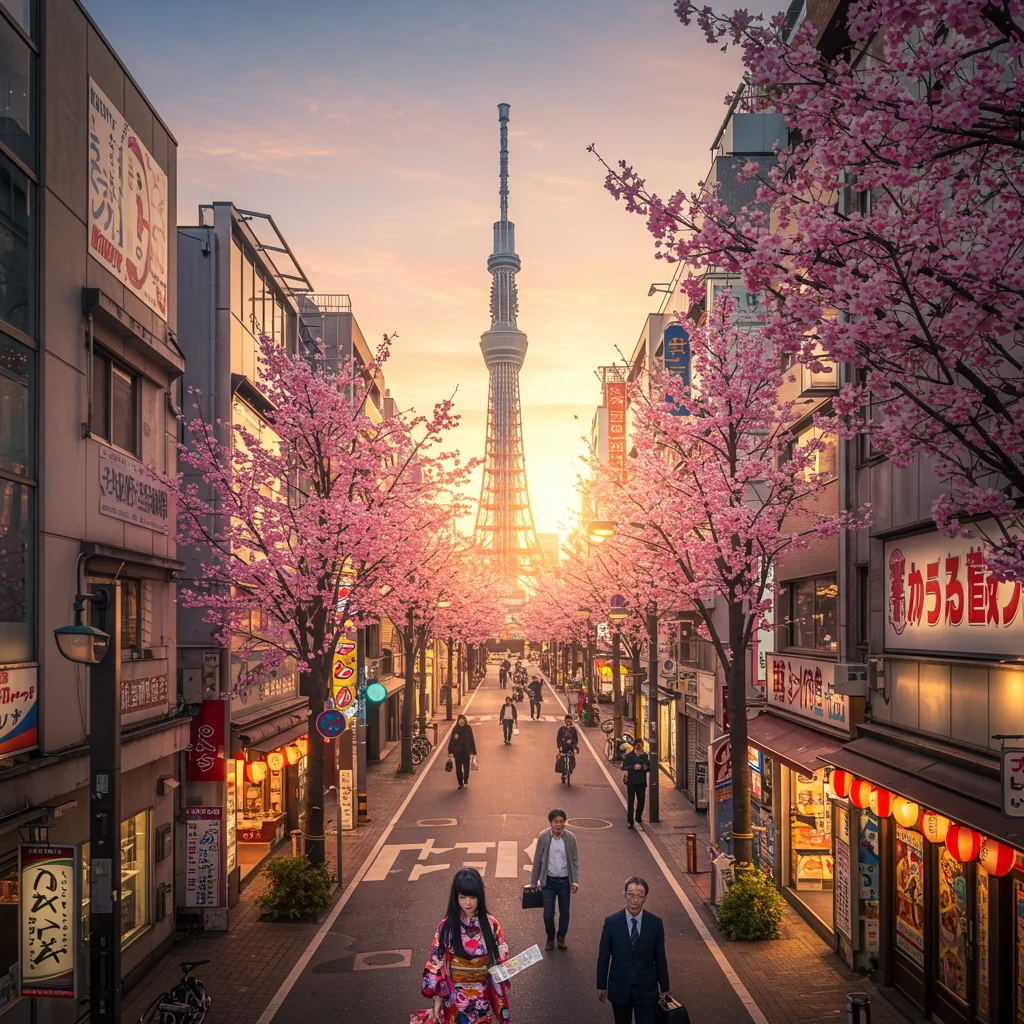
Best Departure Stations and Bus Terminals
Shinjuku Station serves as the primary rail and bus hub for journeys to Mount Fuji. For those staying in central Tokyo, Tokyo Station and Shibuya Station also provide convenient options.
Tips for Navigating Tokyo’s Transit Hubs
Arrive early, especially if traveling during busy periods. Follow clear signage, use station maps, and consult staff if needed. Many terminals offer English-language assistance and digital displays for real-time departures.
Arriving at Mount Fuji: Main Destinations
Your arrival point at Mount Fuji shapes your experience, with each station offering different attractions and amenities.
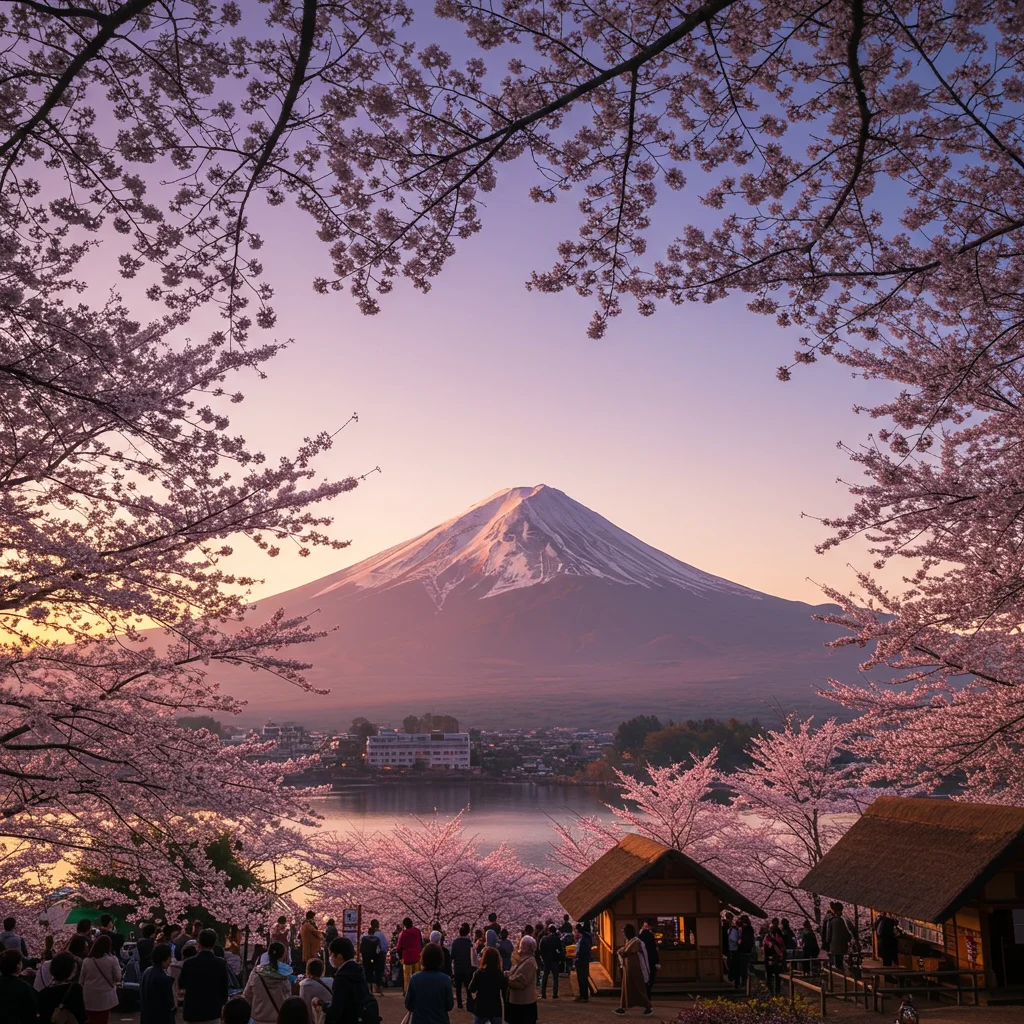
Fujisan Station
Located in Fujiyoshida, Fujisan Station is ideal for accessing the Mount Fuji 5th Station, local shrines, and hiking routes. The station features tourist information, lockers, and bus connections.
Kawaguchiko Station
Kawaguchiko Station serves as a gateway to Lake Kawaguchi, hot springs, museums, and scenic viewpoints. The area is known for its relaxed atmosphere and abundance of accommodation and dining options.
Mount Fuji 5th Station
The 5th Station is the highest point accessible by vehicle, perched at 2,305 meters. It’s the main starting point for climbers and offers panoramic vistas, souvenir shops, and basic eateries.
Which Arrival Point Should You Choose?
Choose Kawaguchiko Station for lakeside relaxation and sightseeing, Fujisan Station for hiking and culture, or the 5th Station if you plan to climb or want the closest view of the summit.
What to Do Upon Arrival at Mount Fuji?
Upon arrival, a variety of attractions and activities await. Mount Fuji’s surrounding area offers cultural sites, natural wonders, and picturesque locations for all interests.
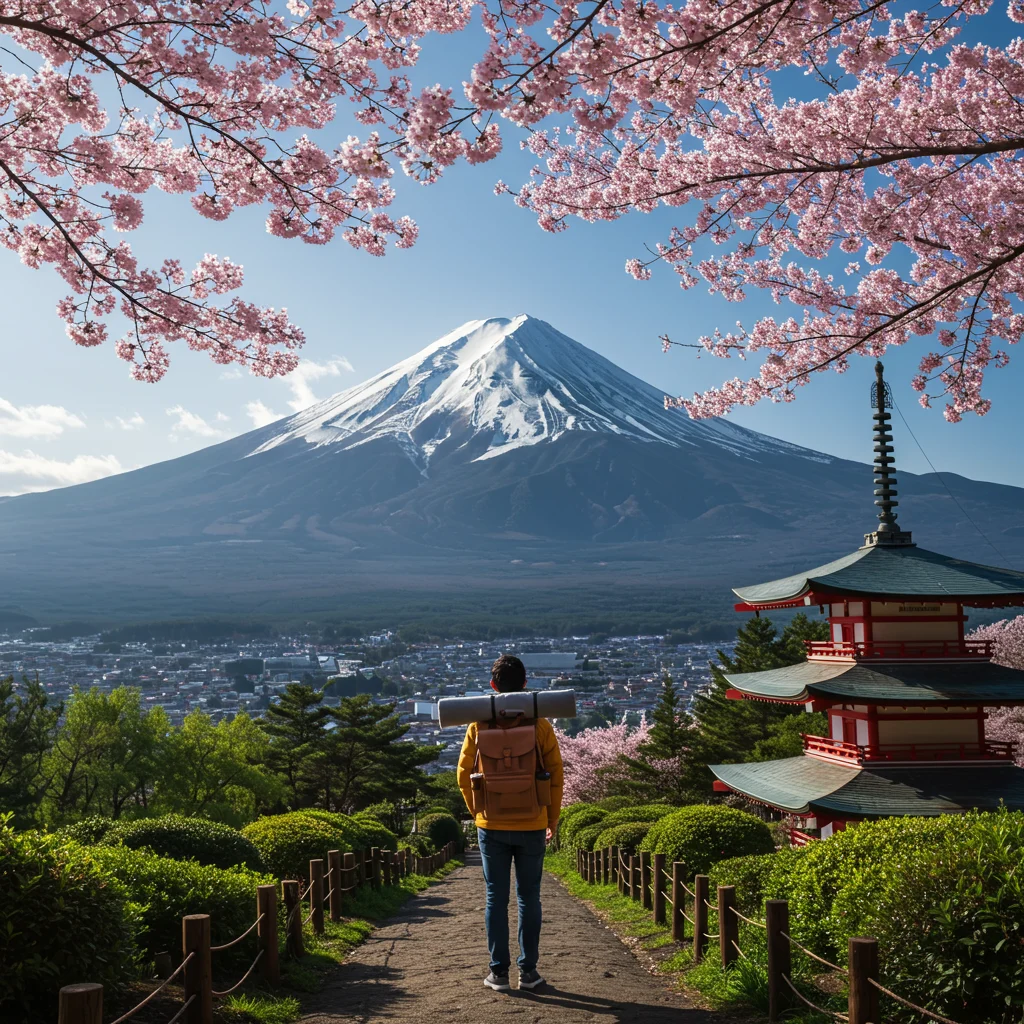
Top Attractions Near Mount Fuji
The region boasts several highlights within easy reach of the main stations.
Lake Kawaguchi
Lake Kawaguchi is famous for its serene waters, reflection views of Mount Fuji, and lakeside promenades. Enjoy boat rides, cycling paths, and seasonal flower festivals.
Chureito Pagoda
The Chureito Pagoda offers one of Japan’s most iconic photo spots. Climb the stairs for a breathtaking panorama of the pagoda with Mount Fuji in the background, especially stunning during cherry blossom season.
Oshino Hakkai
Oshino Hakkai is a traditional village renowned for its crystal-clear spring ponds fed by Fuji’s snowmelt. Wooden bridges, thatched-roof houses, and tranquil gardens create a peaceful ambiance.
Fujisan Sengen Shrine
This sacred shrine is dedicated to the spirit of Mount Fuji and serves as a historical starting point for climbers. The ancient torii gate and towering cedar trees set a contemplative mood.
For those fascinated by temple complexes and spiritual sites, our complete guide to Angkor Wat tours explores another world-renowned pilgrimage destination.
Best Spots for Viewing and Photographing Mount Fuji
Top spots include the northern shore of Lake Kawaguchi, Chureito Pagoda, Oishi Park, and the Mount Fuji Panoramic Ropeway. Early morning and late afternoon offer the best light for photography.
Hiking and Climbing Mount Fuji
Mount Fuji attracts thousands of climbers each year, eager to reach its summit and witness sunrise from Japan’s highest point. Proper planning and preparation are key for a safe and enjoyable ascent.
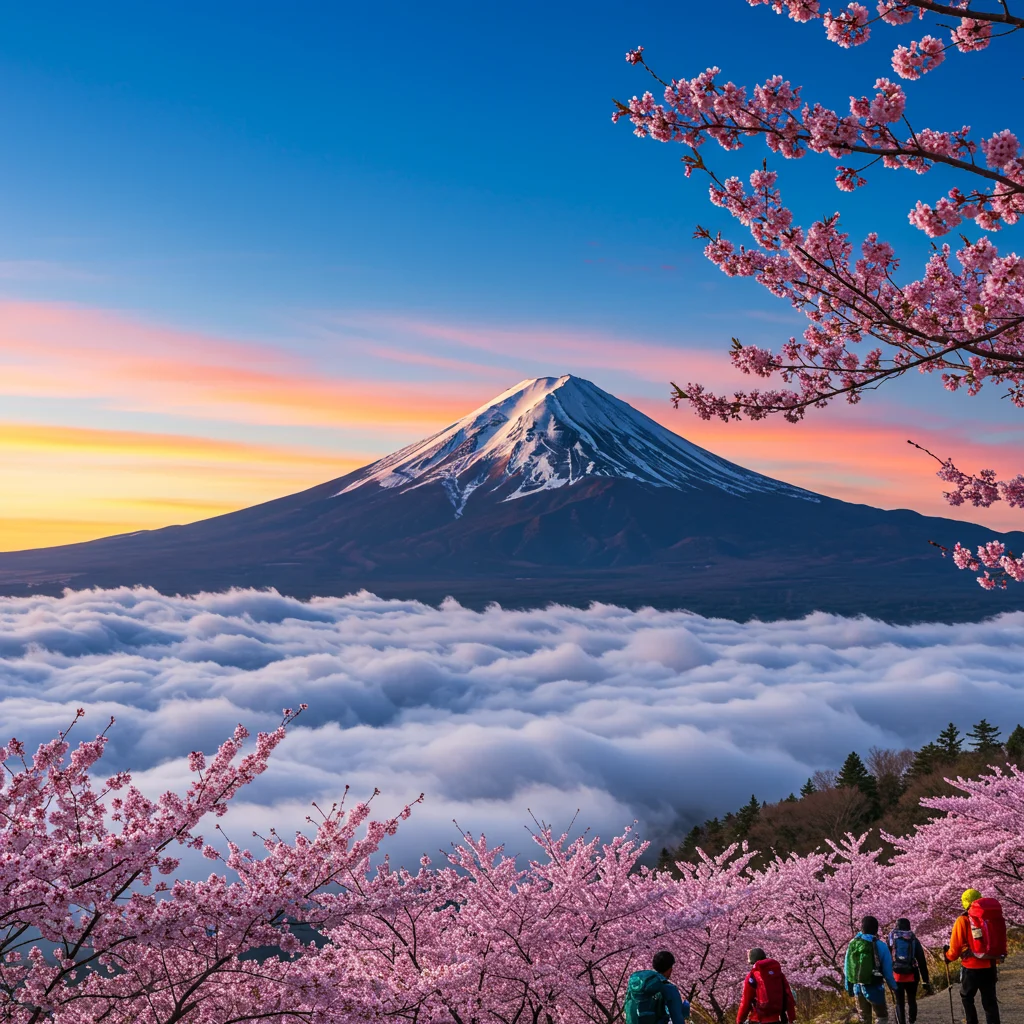
When is Climbing Season?
The official climbing season runs from early July to early September. Trails are open, mountain huts operate, and weather conditions are most favorable during this period.
How to Prepare for the Climb?
Acclimatize by spending time at higher elevations, and plan your itinerary carefully. Check trail conditions, book mountain hut accommodations in advance, and inform someone of your plans.
Essential Gear and Safety Tips
Bring layered clothing, rain gear, sturdy hiking boots, a headlamp, and plenty of water and snacks. Altitude can cause headaches or fatigue, so ascend gradually and rest as needed.
Can Beginners Climb Mount Fuji?
Yes, beginners can summit Mount Fuji with proper fitness and preparation. The Yoshida Trail is the most popular and accessible, but all climbers should respect the mountain’s challenges and their own limits.
Accommodation Options Near Mount Fuji
A range of accommodations surrounds Mount Fuji, catering to every preference and budget.
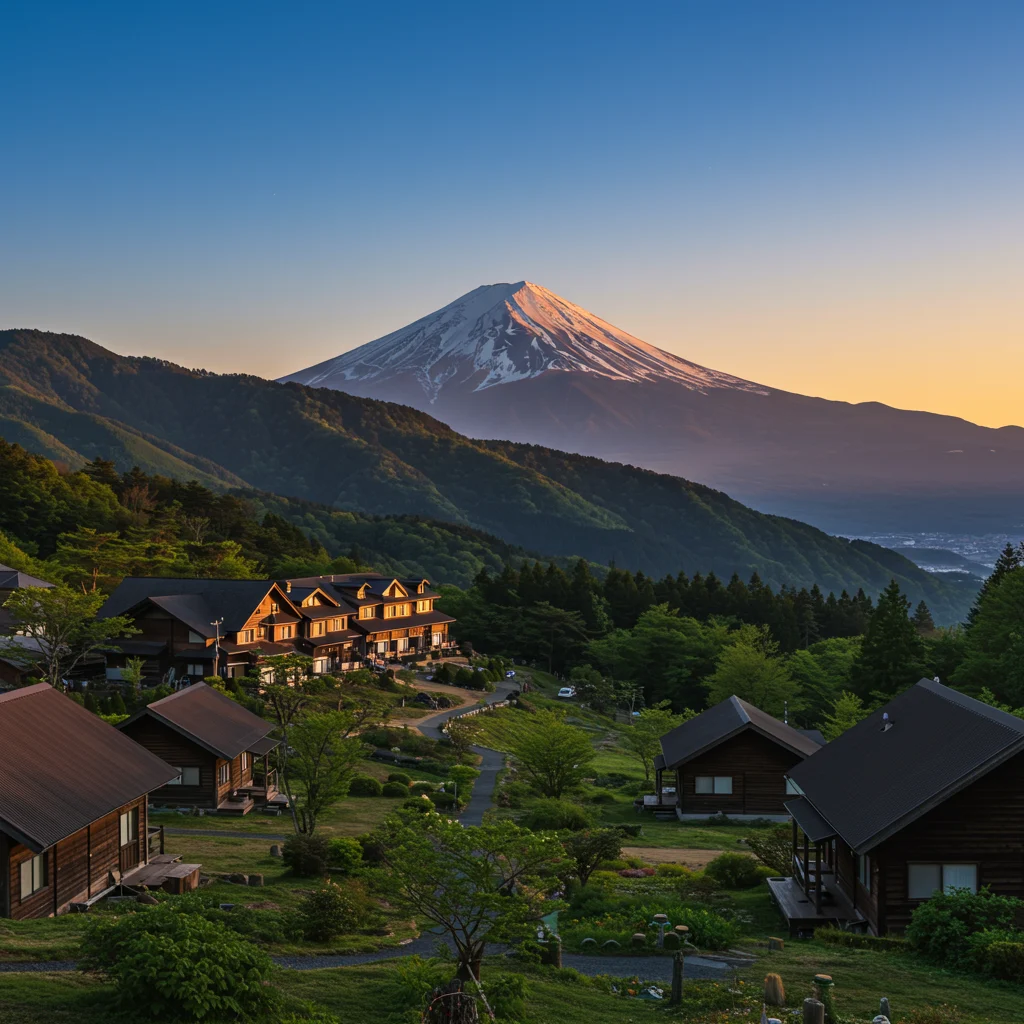
Hotels and Ryokan
Full-service hotels and traditional ryokan offer comfort, onsen baths, and often, rooms with Fuji views. Advance reservations are essential during high season.
Hostels and Budget Stays
Budget travelers can choose from hostels, guesthouses, and capsule hotels. These options provide basic amenities and a chance to meet fellow travelers.
Camping and Mountain Huts
Camping grounds are available near the lakes, while mountain huts on Fuji’s slopes offer shelter for climbers. Bring your own gear, and book huts well in advance during the climbing season.
Dining Near Mount Fuji: Where to Eat?
The Mount Fuji region offers a variety of culinary delights, from local specialties to international cuisine. After a day of exploration, a satisfying meal awaits.
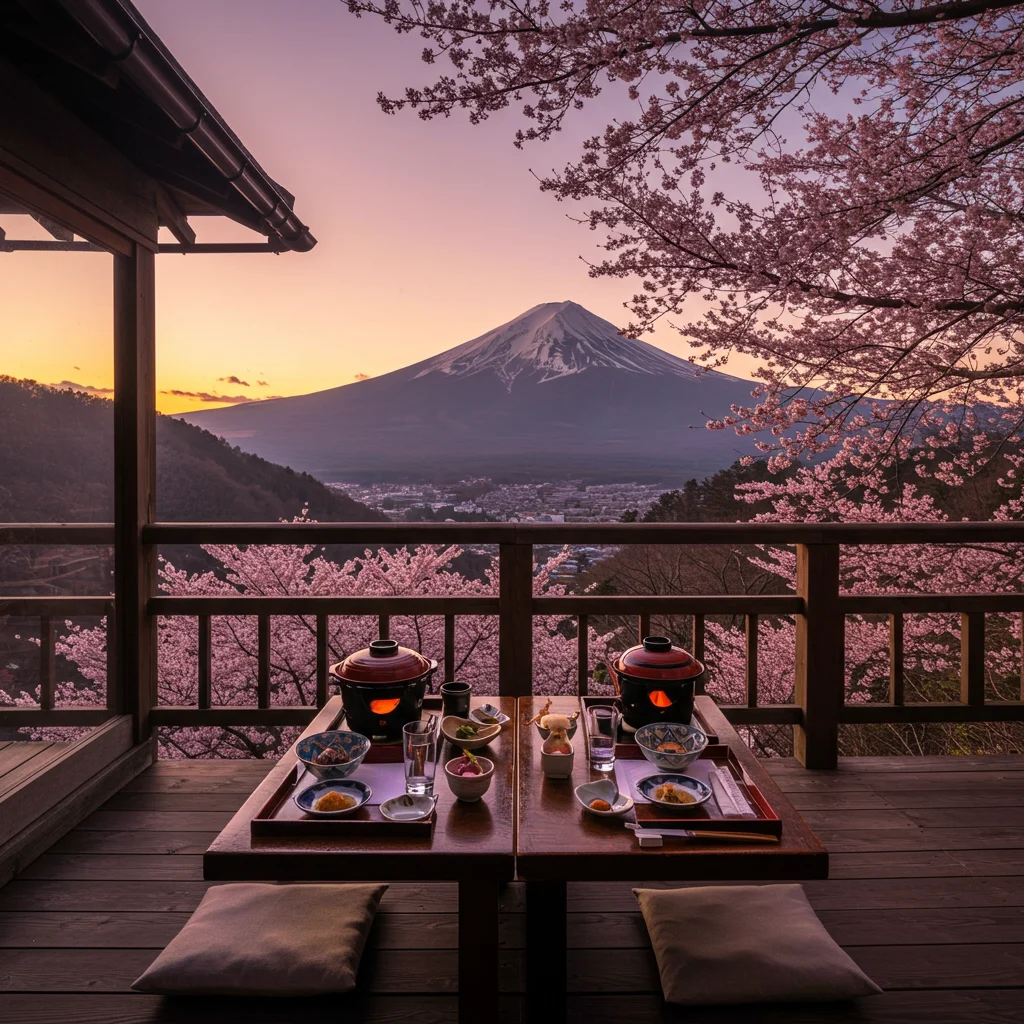
Local Specialties to Try
Don’t miss Hoto noodles—thick, chewy noodles in a savory miso broth with vegetables. Fujiyoshida udon and locally caught trout are also regional favorites.
Recommended Restaurants and Cafes
Many lakeside cafes and restaurants offer meals with Fuji views. For an authentic experience, seek out family-run eateries serving seasonal ingredients and traditional recipes.
Packing Checklist for Your Trip
Packing wisely ensures a comfortable and enjoyable trip to Mount Fuji, whether for a day or overnight stay.
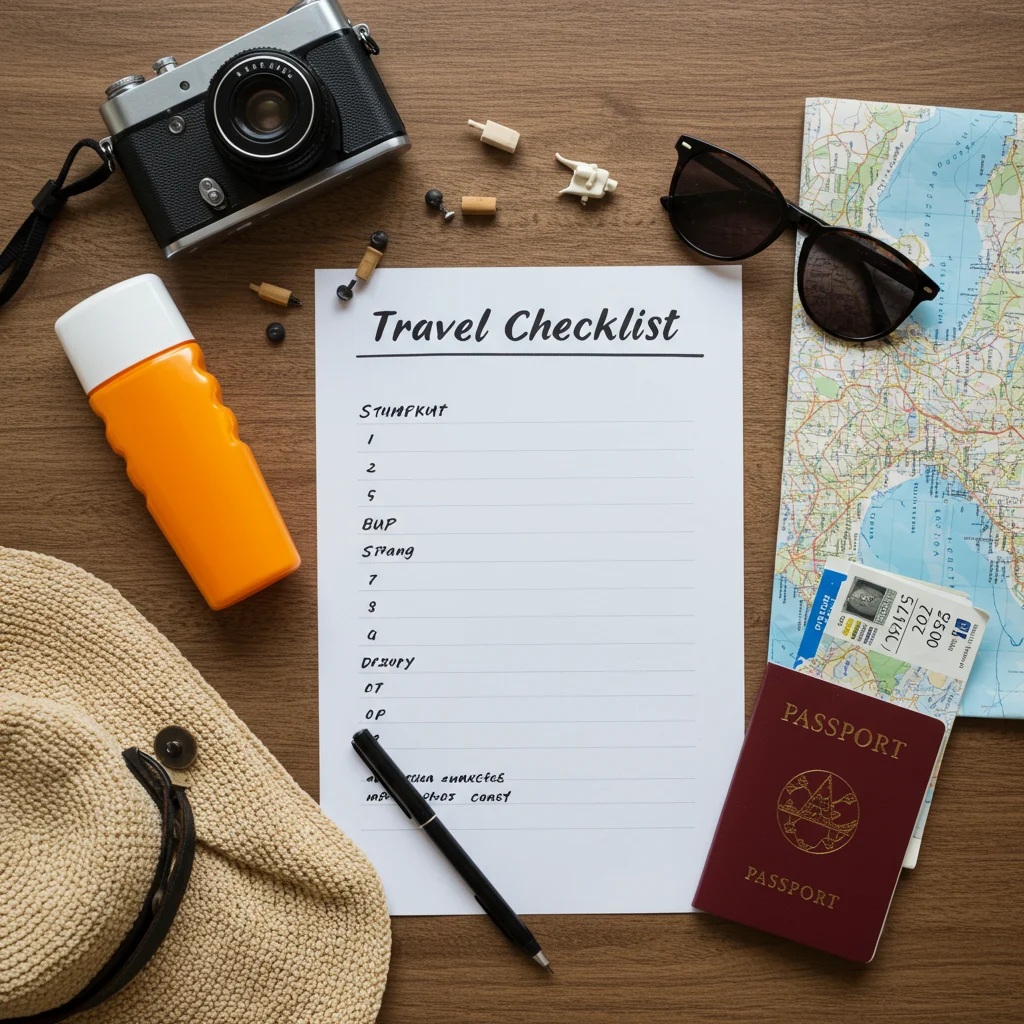
Must-Have Items for a Day Trip
- Comfortable walking shoes
- Weather-appropriate clothing
- Camera or smartphone
- Reusable water bottle
- Snacks and sunscreen
What to Pack for an Overnight Stay?
- Change of clothes and toiletries
- Sleepwear and earplugs
- Travel insurance documents
- Any required medications
Weather Considerations and What to Wear
Weather at Mount Fuji can shift rapidly, with cooler temperatures and stronger winds than in Tokyo. Always check the forecast before departing.

How Does Weather Affect Your Trip?
Rain, fog, or snow can impact visibility and safety, especially for climbers. Dress in layers, bring rain gear, and be prepared to adjust plans if conditions deteriorate.
Best Apps for Weather Updates
We recommend using the Japan Meteorological Agency, Weathernews, or Yahoo! Japan Weather apps for accurate, up-to-date forecasts.
Safety Tips for Traveling to Mount Fuji
Prioritizing safety helps you enjoy your Mount Fuji adventure with confidence. Familiarize yourself with potential risks and local resources.
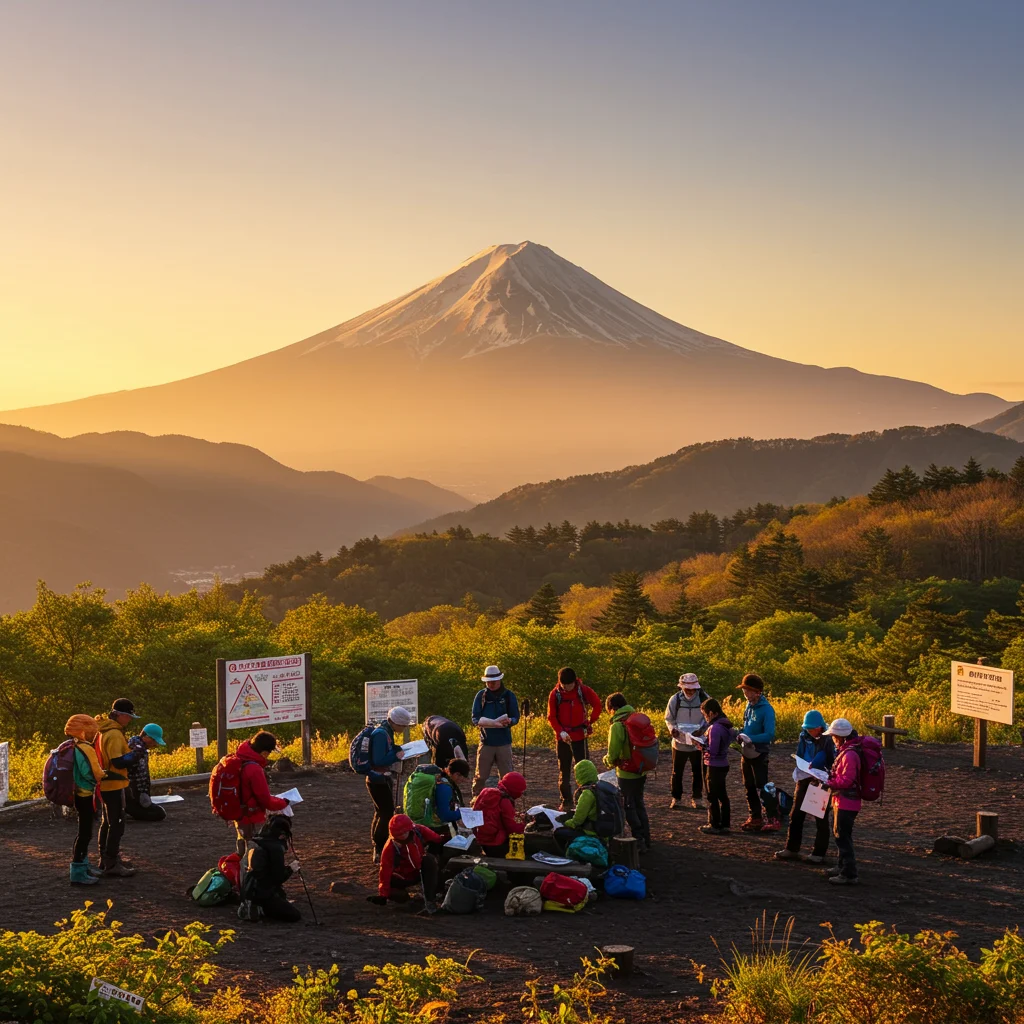
Dealing with Altitude Sickness
Ascend gradually, stay hydrated, and rest if you experience symptoms such as headache or dizziness. Consider spending time at mid-elevation before attempting the summit.
Emergency Contacts and Resources
Keep a list of local emergency numbers and the location of the nearest hospital or police box. Tourist information centers can provide assistance in English if needed.
Cultural Etiquette and Local Customs
Respecting local customs enriches your experience and supports positive interactions with residents and fellow travelers.
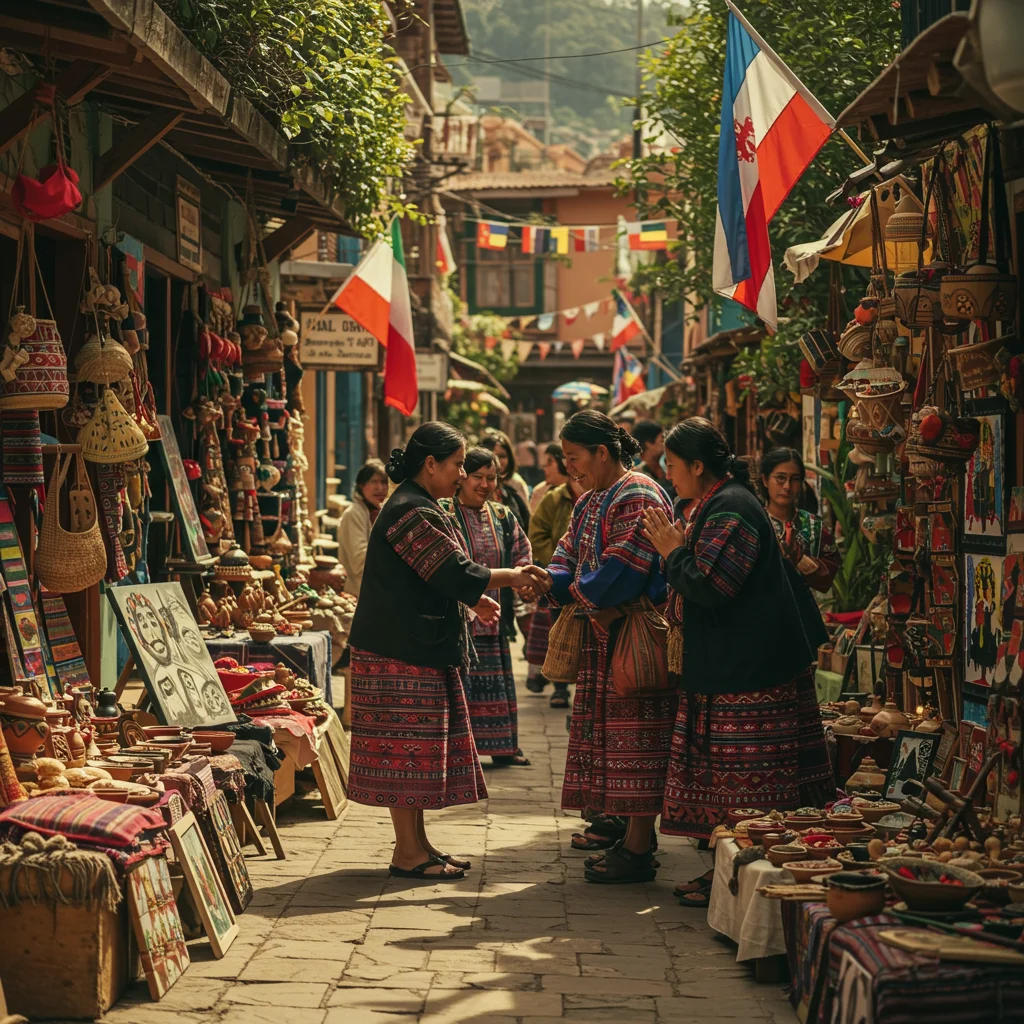
Respecting Sacred Sites
Mount Fuji and its shrines are sacred to many Japanese. Dress modestly, speak quietly, and refrain from disruptive behavior at religious or historic sites.
Onsen Etiquette Near Mount Fuji
When visiting an onsen (hot spring), wash thoroughly before entering the bath, avoid bringing towels or cameras into the water, and maintain a peaceful atmosphere.
If you’re interested in other respectful travel experiences, see our recommendations for the best day trips to take from Nice, France.
Budgeting Your Trip: How Much Should You Expect to Spend?
Your total expenses depend on transportation, accommodation, meals, and activities. A typical day trip costs 5,000–10,000 yen, while overnight stays and guided tours may increase your budget. Planning ahead and booking in advance can help manage costs.

Sample Itineraries: Day Trip vs. Overnight Stay
Organizing your time efficiently allows you to maximize your Mount Fuji experience, whether for a single day or a longer visit.
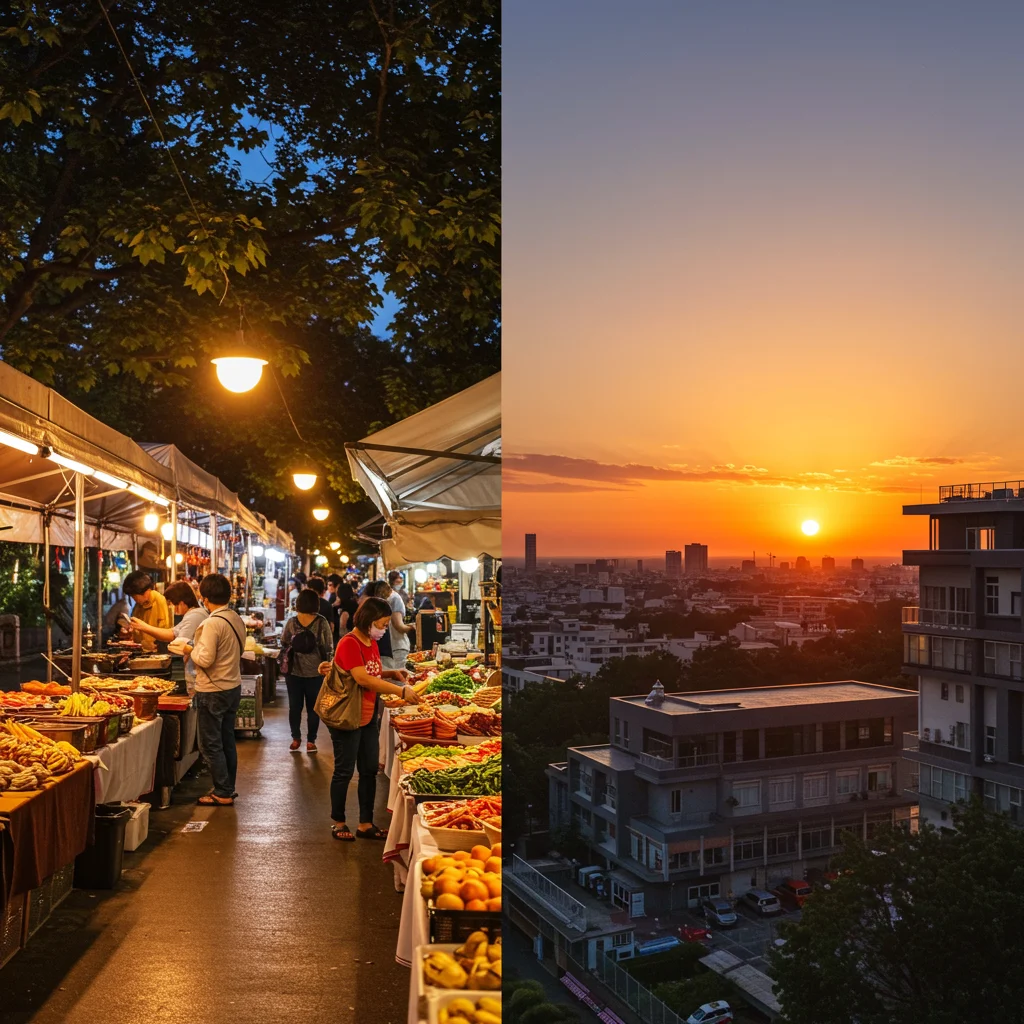
Suggested Day Trip Itinerary
- Early morning departure from Shinjuku
- Arrive at Kawaguchiko Station
- Visit Lake Kawaguchi and Chureito Pagoda
- Lunch at a local restaurant
- Optional onsen visit or short hike
- Return to Tokyo by evening
Suggested Overnight Itinerary
- Day 1: Arrive at Kawaguchiko, explore lakeside attractions, overnight at a ryokan
- Day 2: Early morning climb or visit the 5th Station, relax in an onsen, return to Tokyo
For travelers interested in multi-day nature excursions, we also reviewed the Acadia National Park and Boston 3-day tour from New York City, which offers a different but equally memorable outdoor experience.
Frequently Asked Questions About Traveling from Tokyo to Mount Fuji
Common questions include: Do I need a reservation for the bus? Is Mount Fuji visible year-round? What’s the easiest route for families? We address these and more in the sections above, but if you have specific concerns, local tourist centers are happy to help.

Final Tips for a Smooth Tokyo to Mount Fuji Journey
Plan ahead, check transportation schedules, and monitor weather conditions. Bring essentials, respect local customs, and allow extra time for unexpected delays. With a positive attitude and a flexible approach, your trip to Mount Fuji will be smooth and memorable.
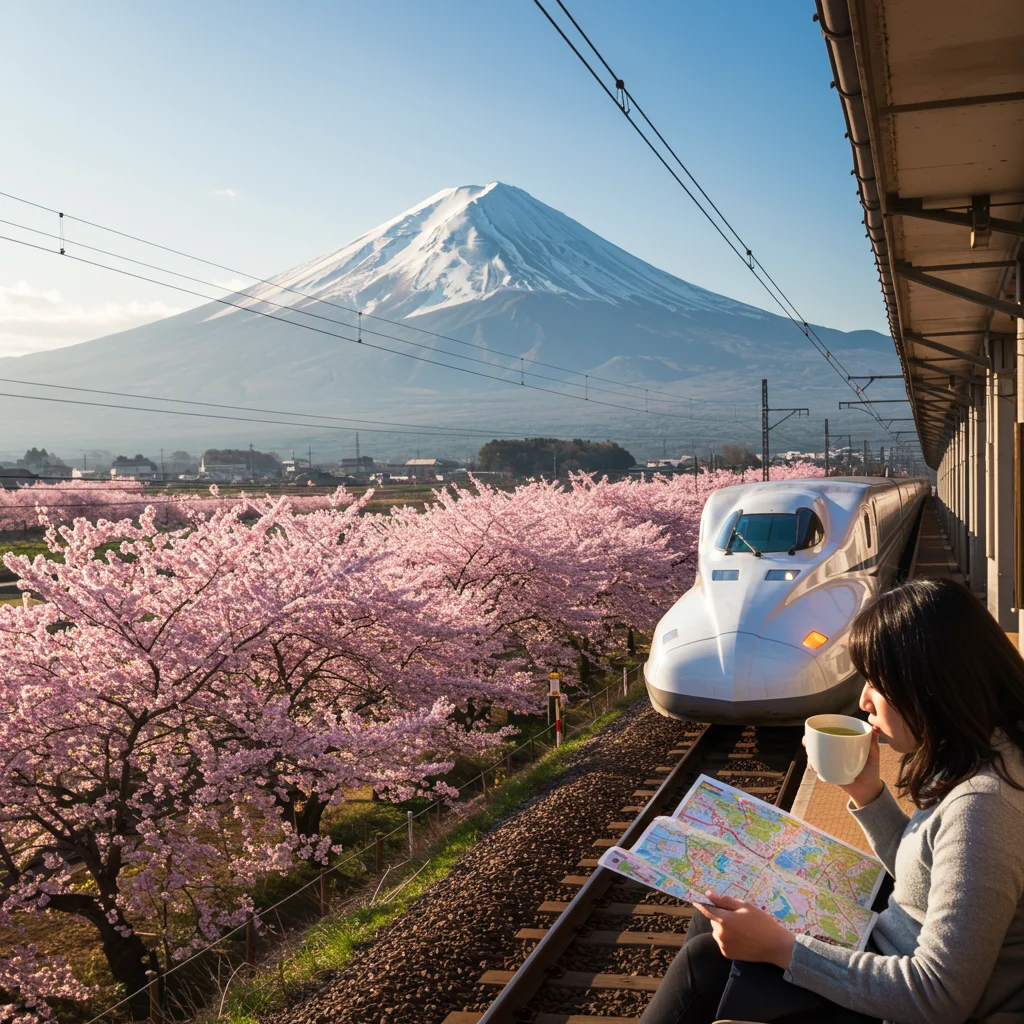
Conclusion: Making the Most of Your Mount Fuji Adventure
A journey from Tokyo to Mount Fuji is an opportunity to experience Japan’s natural beauty and cultural heritage in a single, unforgettable trip. By choosing the transportation method and itinerary that best fit your interests, you can create lasting memories and enjoy every moment of the adventure. For more travel inspiration, tips, and guidance, visit Tourlik, your trusted companion for journeys near and far.
